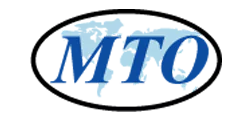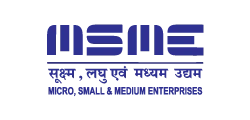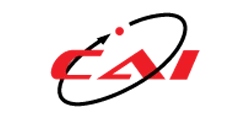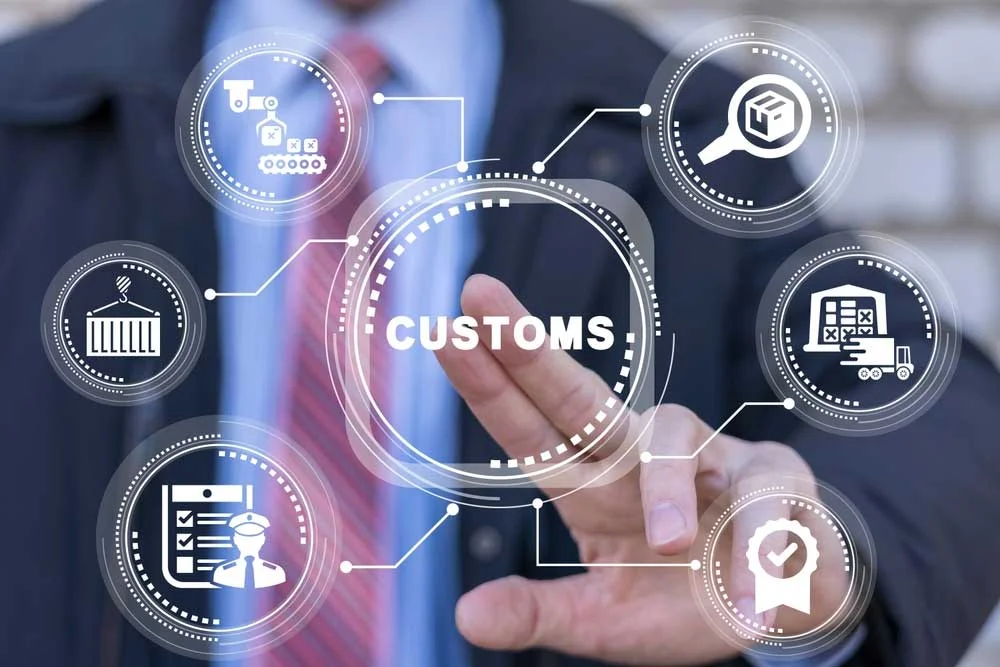



Custom Clearance is a value-added service arranged by WINTEAM for its customer to ensure the one stop solution. Our customers will get proper guidance and assistance from WTC, during the custom clearance process as and when required.

The purpose of customs clearance is to ensure that all applicable duties and taxes are paid and that goods comply with all relevant regulations. To clear customs, businesses or individuals must provide detailed information about the shipment, including its value, origin, destination, and contents.
The Customs clearance process is very important for international trade in which verification and approval is taken before the goods are transported. Its importance is seen when you have to move goods from one destination to another without any hesitation. This process can be handled easily with the help of professionals.
Bespoke Service
Professional Consultation Throughout The Process
Document Verification
Analyzing Delivery Process
Regular Updates On Government Policy Changes
Avoid Unnecessary Expenses
Verifying Custom Clearance Services
Convenient Paperwork
Suitable Identification Of Good
Easy Clearance
Support In Customs Clearance Procedures For Export Import
This is how to navigate customs clearance successfully.
Customs clearance can be time consuming if you do not know the rules so it is important to check that all your documents are correct. If there is a difference between your documentation and actual shipment contents, your shipment will be detained until Customs officials investigate the matter. In some cases, shipment cancellation is also possible. For example, double-check all import/export regulations and compliance requirements.
One of the most important things is to be familiar with the international trade laws that apply every time you import/export. Anyone who has been through customs knows there are many forms to fill out, and at times it can feel like you are at a centralized examination station and a Customs officer is questioning you. Therefore, International Trade Laws should be checked for custom clearance.
Customs clearance can be daunting, but you can do a few things to make it go more smoothly. First, consider what goods you’re shipping. If you import food, pharmaceuticals, cosmetics into INDIA, you need to comply with the FDA (Food and Drug Administration), accordingly for all electronics and battery-operated products you will need the approval from BIS (Bureau of India Standards). It’s essential to contact relevant government agencies before your goods ship to a port of entry.
Secondly, confirm that you have all the necessary documentation in place. You are required to prepare a commercial invoice, bill of lading and any documents. Third, be prepared to pay due customs duties and taxes. The Central Board of Excise and Customs assesses these duties based on the value of your shipment. By taking these steps, you can help ensure successful fee removal processes.
When sending international shipments, remember that each country requires them to clear customs fees. This means your goods will be subject to a customs clearance check in every country, and each country may have its own requirements, standards, and procedures for this process.
When shipments arrive at a port for overseas movement, they are subject to inspection by custom house of respective country. During this process, officers from the government agency, inspect the documents associated with the shipment to ensure that all required information is present and accurate.
The most common documents required for clearance are:
Material Safety Data Sheet (MSDS)
Invoice & Packing List
Certificate of origin
Air Waybill or Bills of Lading
Pre-shipment inspection certificate (when applicable)
Import Export Code
KYC of the IEC holder
Any government issued certificate if required as per the category of the commodity
Only once the custom house has verified all the necessary documentation, they will clear the shipment for export or import of the cargo.
Once your shipment is checked and all necessary steps have been completed, you are requiring to pay any fees or charges before you can receive your goods. The amount you owe depends on what kind of goods you have, how much it is worth and custom rules apply to it.
After Customs inspects and assesses the goods, they are released from the warehouse where they have been held. The release process can vary depending on the type of goods but typically involves paying any customs duties or taxes owed. Once the release paperwork has been completed, the applicant can take possession of the goods and move them to their final destination.
In some cases, goods may be released on a conditional basis, meaning that they must meet specific requirements before they can be moved off-site. For example, toxic chemicals may need to be appropriately labeled and packaged before they are released from customs. Ultimately, the customs clearance process aims to ensure that all transported goods meet all applicable regulations before they enter the domestic market.
This is how to navigate customs clearance successfully.
Customs clearance can be complicated and time-consuming, mainly if you are unfamiliar with the regulations and procedures. Therefore, one of the most important things you can do to achieve a successful outcome is to ensure that all of your documentation is accurate.
Ensuring your documents are accurate includes making sure that all items in your shipment are correctly listed and that you’ve stated their value correctly. Discrepancies between your documentation and the actual shipment contents will likely delay your shipment while Customs officials investigate the matter.
In some cases, shipments may even be refused outright if the inaccuracies are deemed to be substantial. As such, it is essential to take care when completing your documentation to avoid delays or customs clearance problems.
Anyone who has gone through customs knows it can be quite a process. There are a lot of forms to fill out, and sometimes it can feel like you’re at a centralized examination station and the Customs officer is grilling you. But if you know what you’re doing, it can be a smooth experience.
One of the most important things to do is to become familiar with the international trade laws that apply to the goods you are importing or exporting. These laws constantly change, so staying up-to-date on the latest requirements is essential. In addition, you need to know what Incoterm the buyer and seller have agreed on.
The agreed Incoterm determines who is responsible for paying customs duties and taxes and can also affect how your goods are shipped. Ask a professional for help if you need clarification. With some preparation, you can successfully navigate the customs clearance process.
We at WINTEAM CONSOLIDATORS INDIA PRIVATE LIMITED (WTC), with our partnered Custom House Agents, will help you with the custom clearance process for all your import or export clearance assistance.
The Central Board of Indirect Taxes and Customs (CBIC) manages customs activities in India. It creates rules, enforces customs laws, and collects various customs taxes, including basic customs duty, additional duties, and the goods and services tax (GST). Understanding these duties, it is essential for importers and exporters to calculate the costs involved in their transactions accurately.
Import customs clearance procedures in India are a vital aspect of international trade. Adhering to these procedures ensures compliance with customs regulations and facilitates the smooth entry of goods into the country. WTC will arrange the profession assistance to arrange below process of custom clearance for its customer.
Export customs clearance is an important part of international trade, ensuring that commodities follow customs regulations when leaving a country. Exporters can comply rules, move goods smoothly, and maintain the reliability of the customs process by following the steps outlined below.